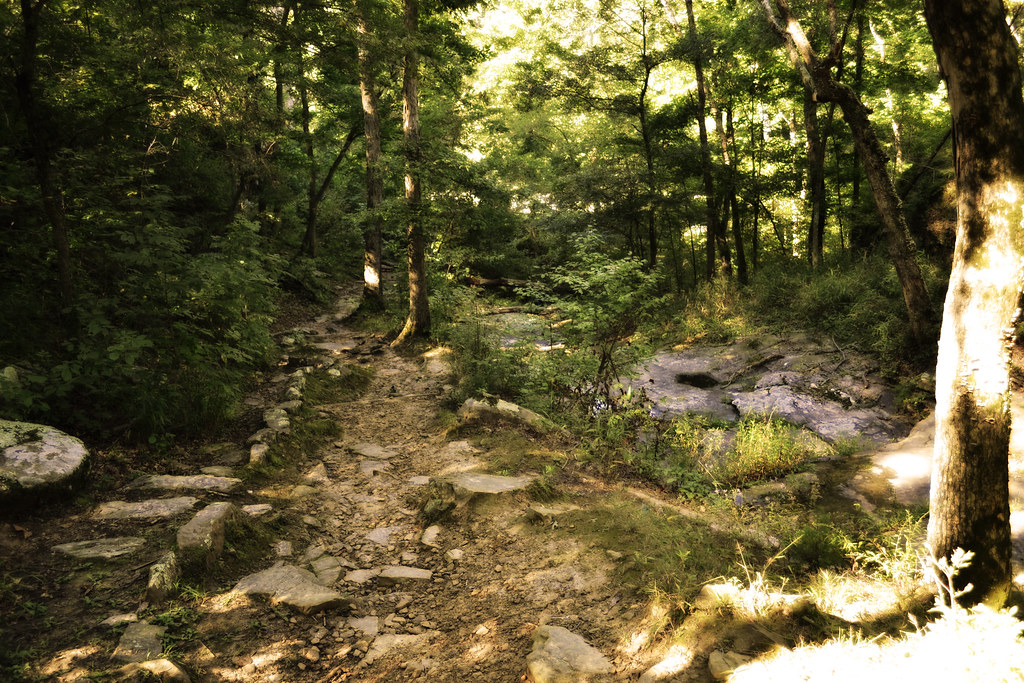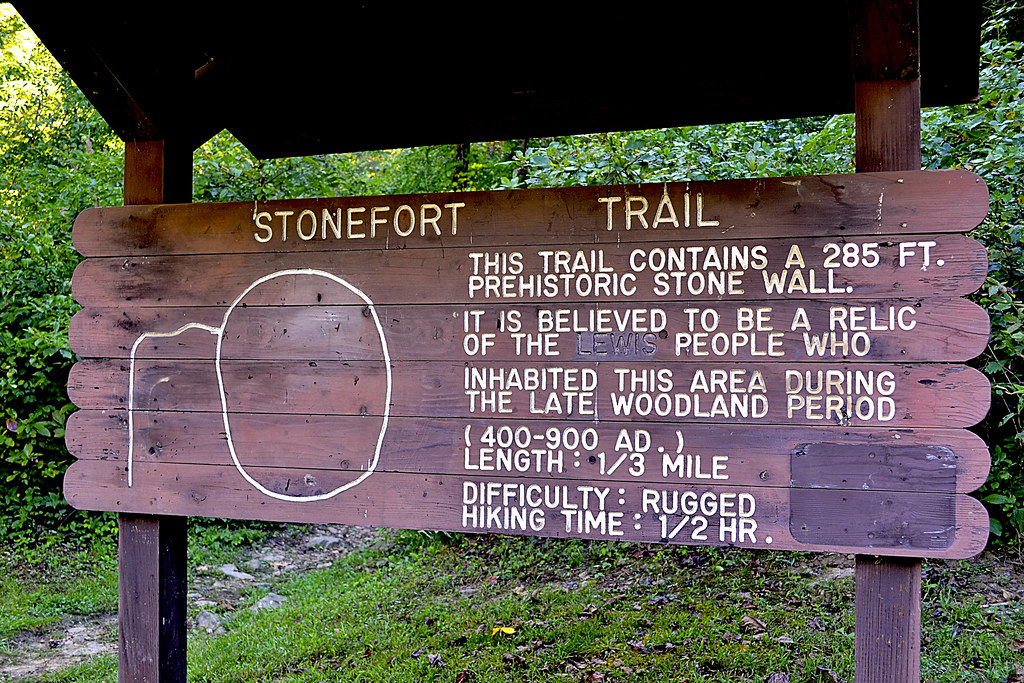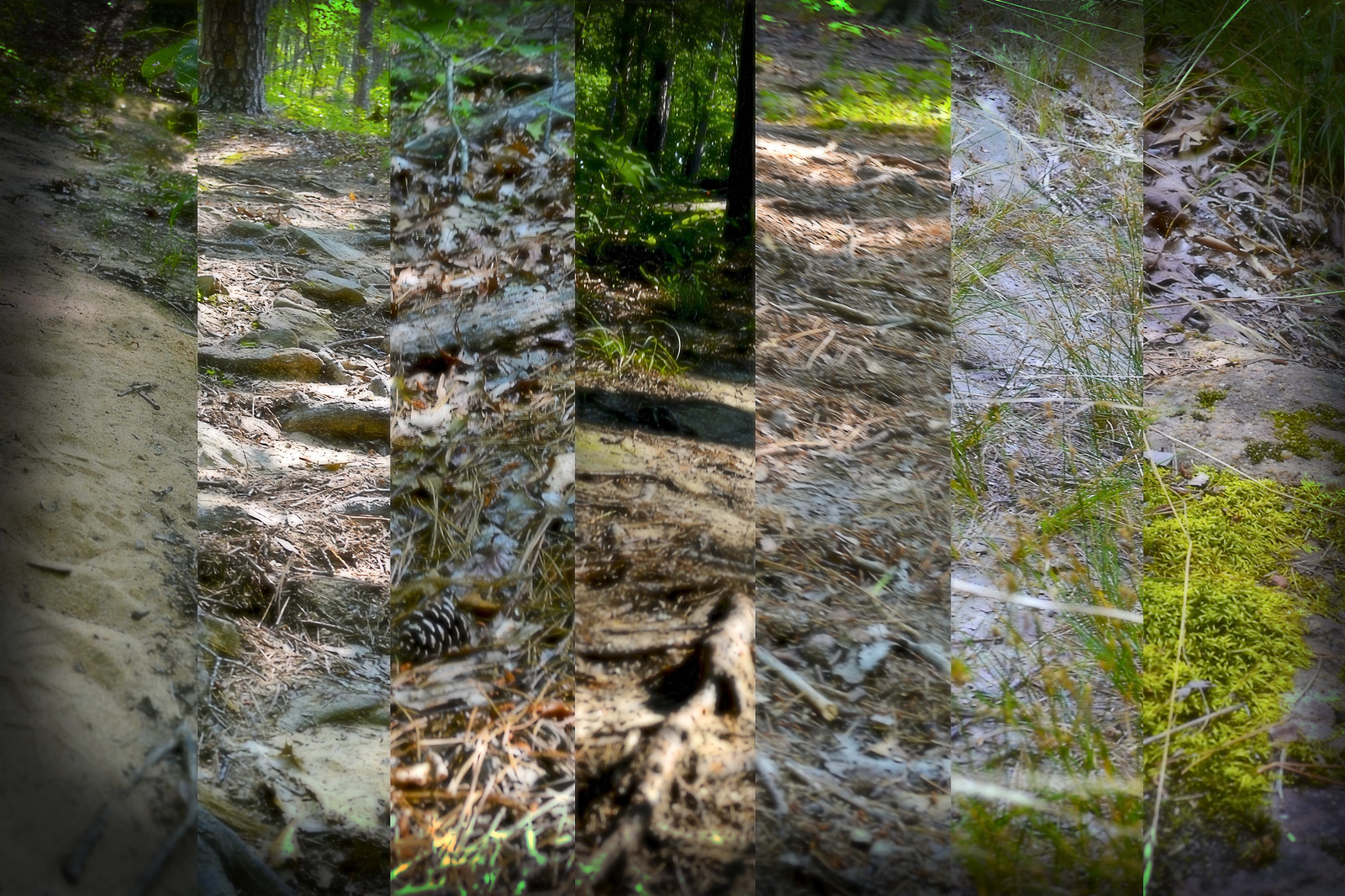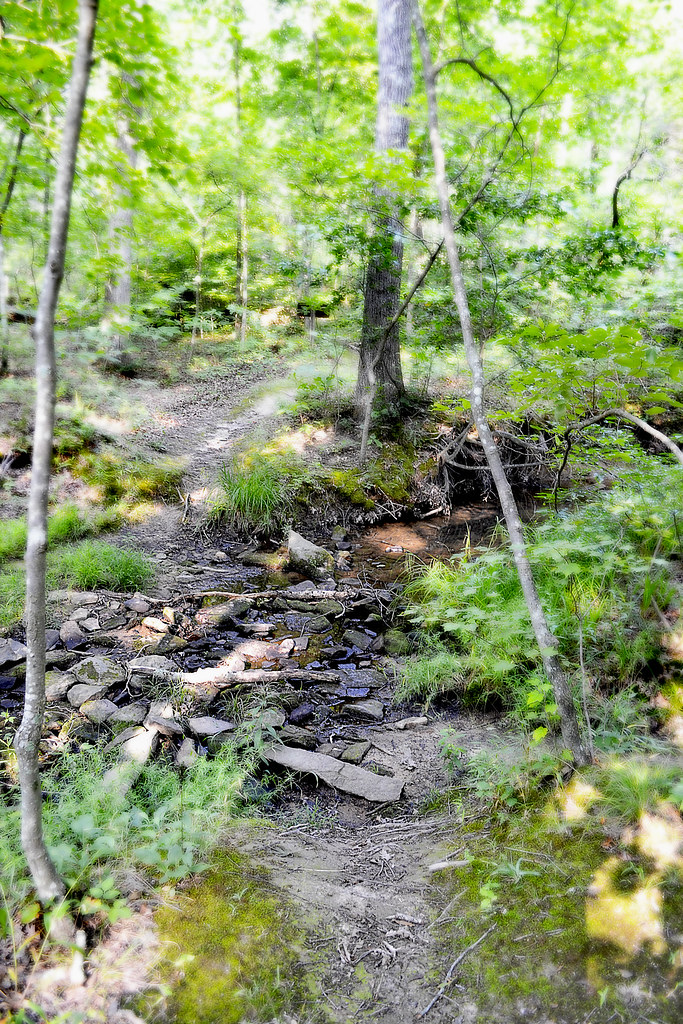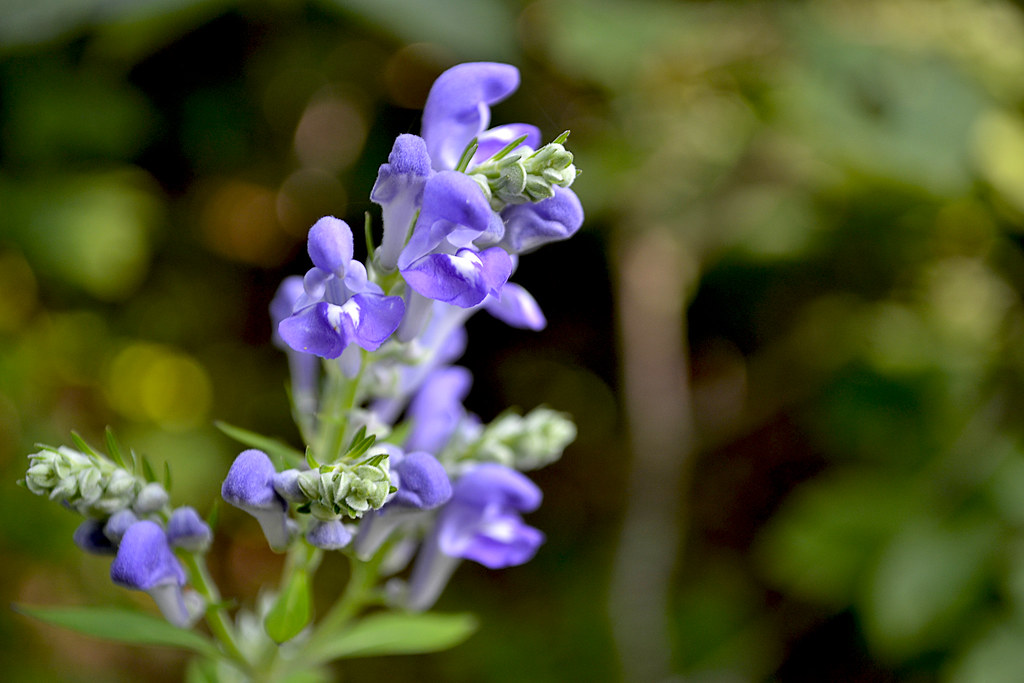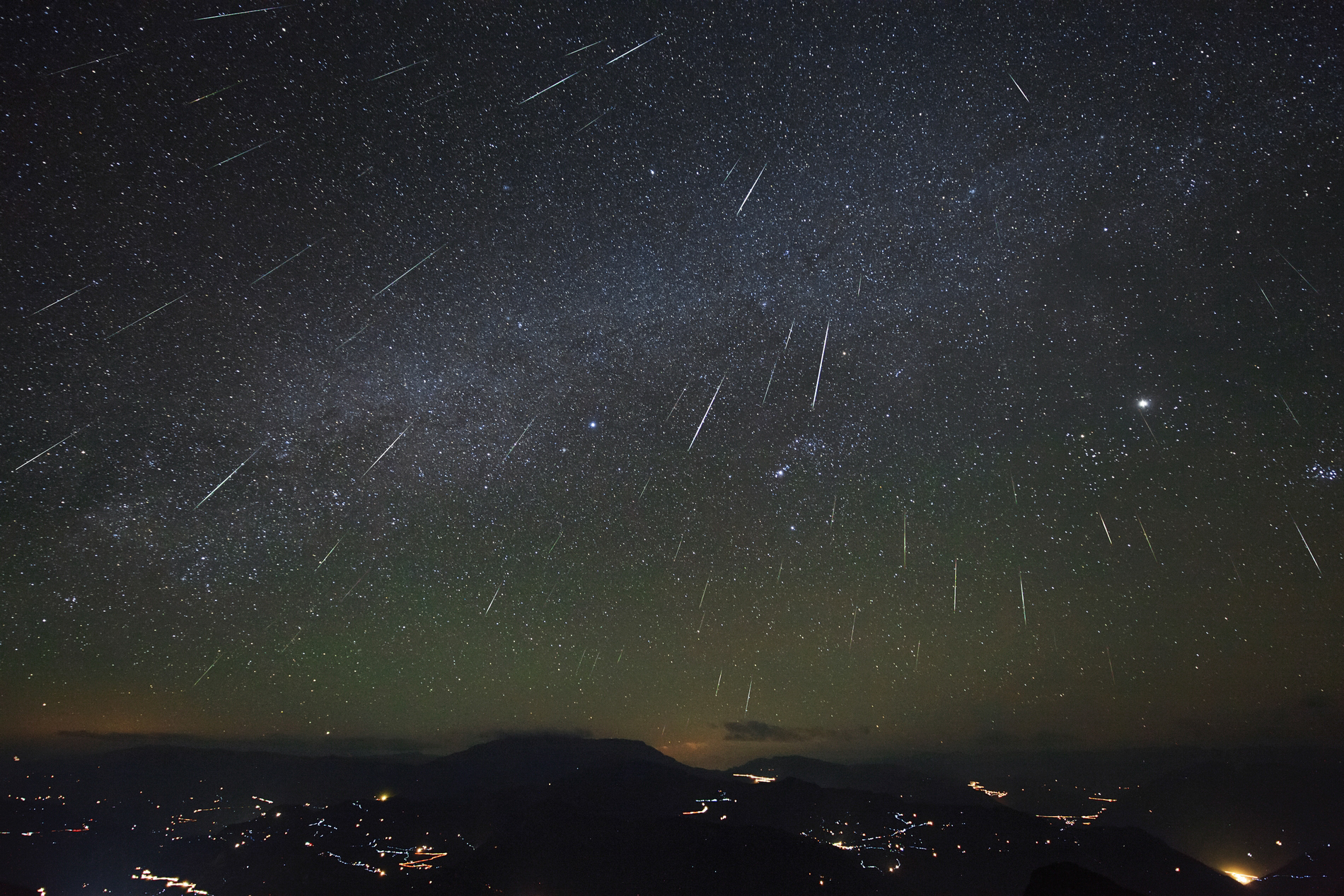Fried Chicken. More importantly, and according to a family friend, the World's Very Best Fried Chicken served in an all you can eat family style. That, is what truly brought me to Giant City State Park, located just outside of Carbondale, IL. But what I found, besides the absolutely delicious fried chicken, was an astoundingly gorgeous and completely unique area, filled with a hiker's wish list of things to do, see, explore and, of course, eat!
With so many different trails to explore in Giant City State Park I've decided to break them up into more easily "digestible" single review trails, starting here with the Stonefort Nature Trail...
We began our whole excursion in Giant City State Park pondering exactly what a "Stonefort" was, and since we all had a different idea of what it may actually be we decided to make the Stonefort Nature Trail our first official stop. Little did we know, but we actually caught a glimpse of the Stonefort Nature Trail's breathtaking observation point from atop an 80 foot sandstone bluff as we entered the main park.
So, Exactly What Is A "Stonefort"?
This one-third of a mile loop trail took us on a tour of an ancient "stonefort", one of ten wall-like structures, constructed entirely of heavy stone, believed to have been erected in the Late Woodland period between 600AD - 900AD in Southern Illinois. Each of these ancient arrangements have been discovered on top of hills or promontories and were once believed to have been used as some type of stone fortification, thus giving them the name "Stonefort". These unique walls, consisting of heavy stones, are now believed to have been constructed as meeting places or perhaps ceremonial locations. The original wall that sat atop this particular trail was actually removed, dismantled by early European settlers to the area, who used the heavy stones as building materials. The low stone base is all that really remains of the original site, however, in 1934 the Civilian Conservation Corps (whom I can't thank enough) rebuilt the wall into the site that we see today. During the reconstruction of the wall, the CCC found many Native American artifacts including a good deal of pottery. "I personally love sites like this that carry that hint of ancient mystery, sites such as this and Rock Pile Mountain always pique my curiosity of early Native Americans and, while marveling at their accomplishments and ingenuity, I also find myself theorizing on what these sites may have been used for.But What About The Actual Trail?
The Stonefort Nature Trail itself is well worn, with many roots and rocks embedded in its surface, which some may find a bit difficult to walk on. The trail also winds it's way up the side of a small hill, where you instantly come upon the structure itself upon arriving at the top. If you continue the loop, around the top of the hill, you will come to a spectacular overlook from an 80 foot sandstone bluff which overlooks the park's entrance. A word of warning for those of you with small children and faint hearts, it is a STEEP, LONG drop to the bottom of this bluff and there are no handrails. The trail also narrows a bit here making it a somewhat dangerous portion of the trail. For those that continue along the loop, you'll find another overlook along the way along with a carpeting of moss, ferns and wildflowers, sheltered beneath a wide canopy of local hardwoods an evergreens. This trail is well worth the short hike, even if you decide the breathtaking 80 foot overlook perhaps steals a bit too much of your breath.Directions (click the Google Map below to enter in your address)
Giant City State Park
235 Giant City Road, Makanda, IL 62958
(618) 457-4836
More Information:
Local Treks on facebookGiant City State Park Devil's Standtable Nature Trail - Be sure to hit this trail too!
Giant City State Park - Official IDNR Homepage
Giant City Trails - A list of all eight established trails
Giant City Visitor Maps - Maps provided by the IDNR of the entire park
More Photos From Giant City State Park - My Flickr Album for Giant City State Park
